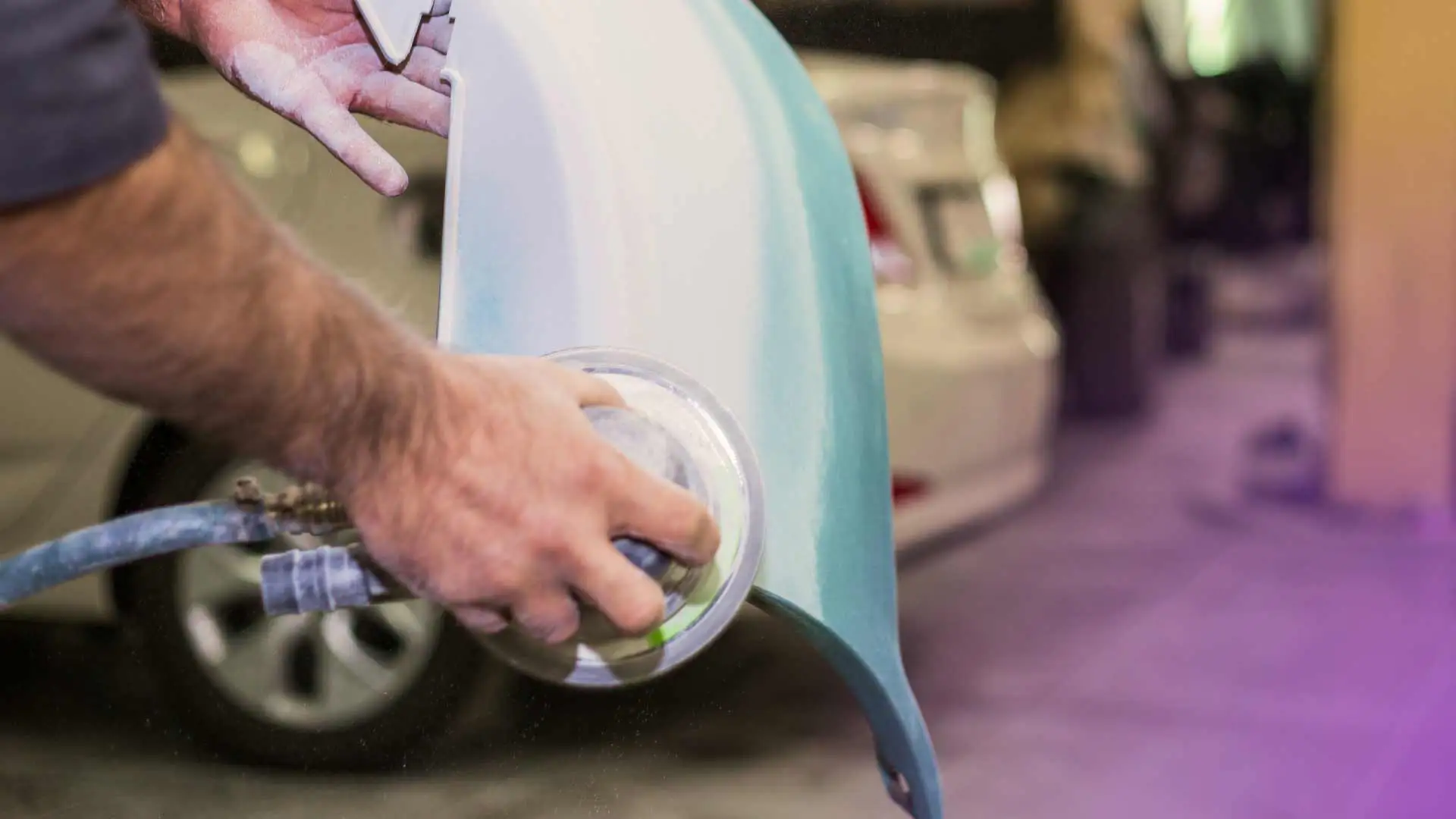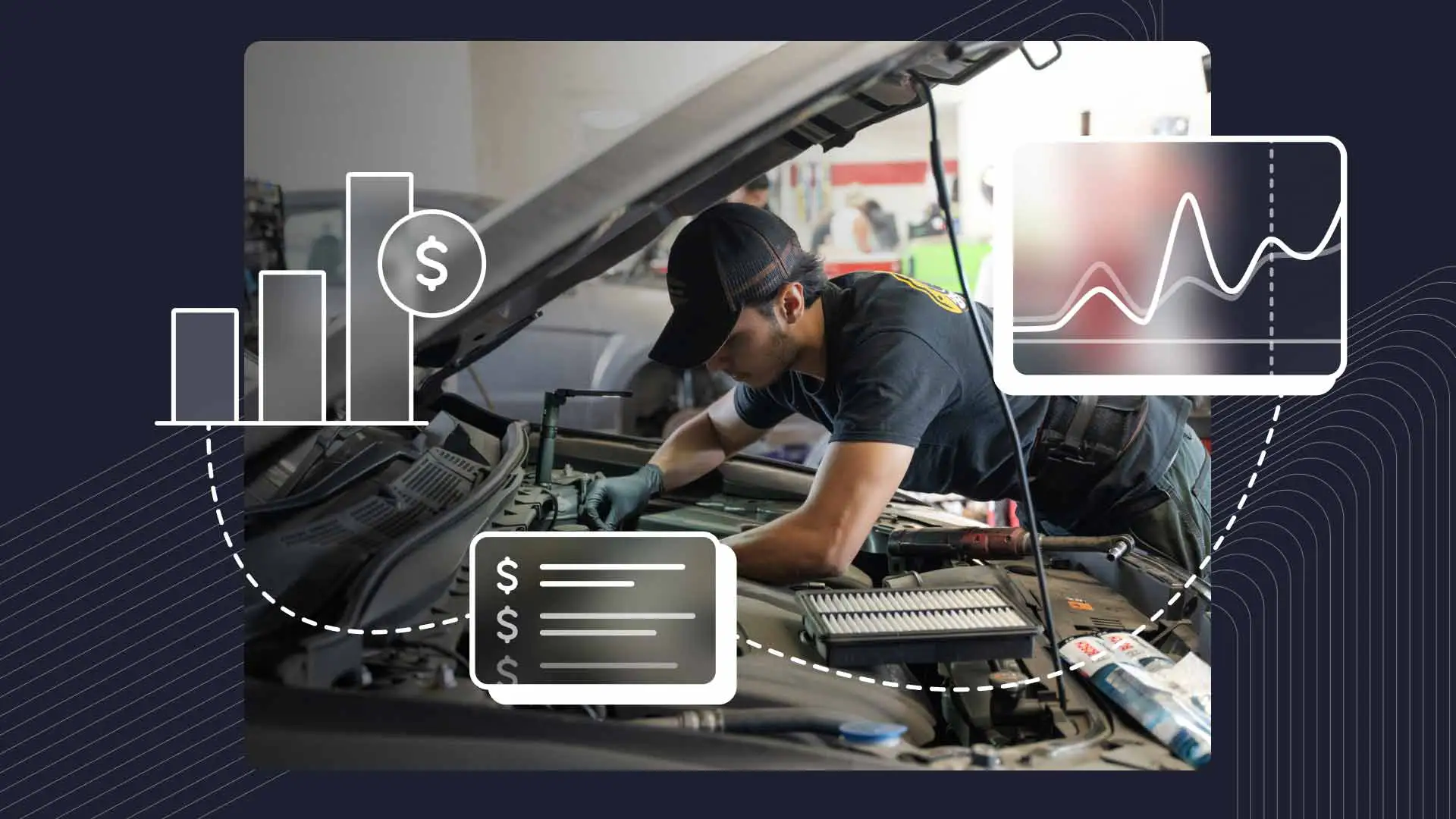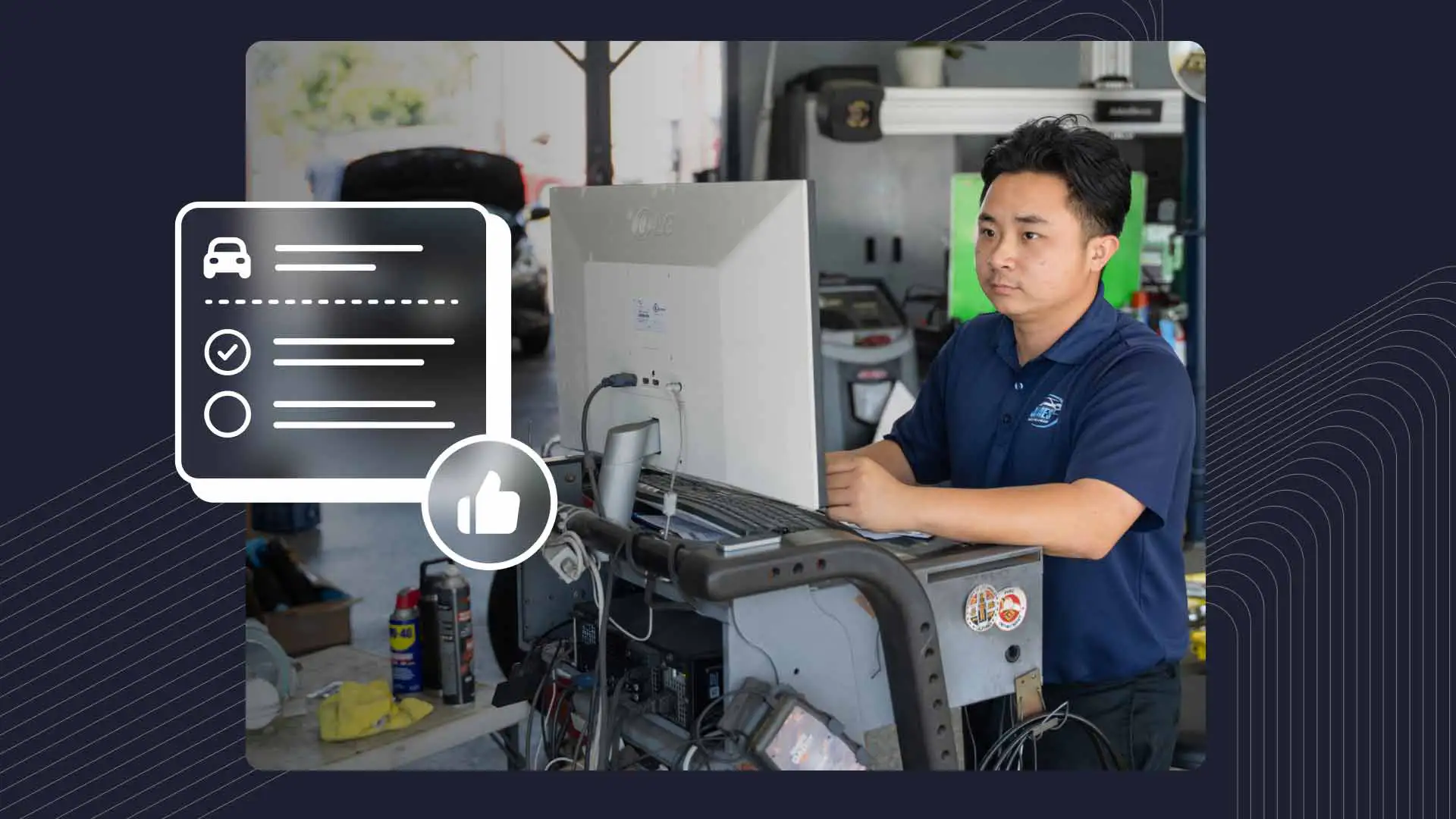Car bumper scratches pop up all the time, whether they’re the result of a minor fender bender, an uncontrolled shopping cart, or less-than-perfect parallel parking. Or, they may have come from driving on gravel roads or unpaved surfaces, where small rocks or debris can cause scuffs and damage paint.
Any way you slice it, scratches on bumpers are some of the most common issues auto body and detailing shops are asked to repair. The key is knowing how to fix them quickly and effectively so the work remains profitable and your customers can drive away happy.
Let’s take a closer look at the ins and outs of car bumper scratch repair, including how to assess the damage, the different techniques to consider, how to streamline the process, and the impact it can have on your business and clientele.
Understanding the Damage
Bumper scratches come in different varieties, and each type requires a unique approach to treatment. Light scratches are typically superficial, affecting only the clear coat without causing structural damage. While they stick out like a sore thumb, they can usually be fixed pretty easily with just a bit of polishing compound or a bumper scratch repair kit. On the other hand, deep scratches actually cut through the paint layers to expose the primer, sometimes reaching down to the plastic bumper material itself. Repairing these often involves sanding, priming, and repainting. Then there are scratches with paint damage, which may include chipping, peeling, or cases where the paint is completely scraped away. For these, you’re looking at a more labor-intensive process that can extend into color matching and other advanced techniques.
To figure out the extent of the damage, run your fingernail across it. If the nail catches, then it’s probably a deeper scratch that requires more than a simple fix. You’ll also want to check for any structural damage to the plastic underneath. While a scratch may seem like no big deal at first, it could be hiding cracks or weaknesses in the bumper, which must be addressed before moving on to cosmetic repairs.
Efficient Repair Techniques
When it comes to effective repair techniques, there are a few different avenues to go down, again, depending on the type and severity of the damage.
Paintless Dent Repair (PDR): PDR is definitely a top choice in certain scenarios, like minor surface-level scratches that don’t affect the paint. Using specialized tools like dent rods and glue pullers, you basically massage out the dent from behind and bring the bumper back to its original shape without having to repaint it. Quick and cost-effective, this method also helps preserve the car’s original factory finish.
Traditional Bodywork: For deeper scratches or those with paint damage, traditional bodywork is still a standout option. Here, you start by sanding down the affected area to remove any sharp edges, then apply a filler material to smooth out the surface. Once the filler dries, sand down the area again so it’s perfectly uniform before applying primer. To speed up the drying process, shops will often use heat lamps or fast-curing products, which not only save time but can also help lower your overall bumper scratch repair costs.
Color Matching: For customers, the finished product is what matters most. This is where precise color matching comes into play. Advanced tools like spectrophotometers deliver accurate results by analyzing the car’s distinct paint color and providing an exact match, even for classic vehicles and custom paint jobs. You may also want to look into quick-drying paint sprays, which let you apply multiple layers in a shorter amount of time.
Optimizing the Repair Process
The most successful body shops don’t just fix cars–they manage every aspect of their operation to run lean and mean. That starts with a first-in, first-out (FIFO) system to keep the workload steady and ensure nothing gets overlooked. Technology can play an important role, too, as the right auto body shop management software will help you track job progress, schedule tasks, and communicate with your team to make sure everyone’s on the same page.
Solid time management is equally important. Urgent jobs that can be done quickly should be top priorities, while complex repairs can be broken down into smaller, more manageable tasks so they don’t become overwhelming or cause unnecessary delays. Keeping everything organized and focused will help you stay on top of your workload.
You’re only as good as your team, and the best ones thrive on clear and open communication so they can tackle issues head-on. Take time to identify each team member’s strengths, and assign them tasks that work best for their individual skills and expertise. Also, support their professional growth and development by training them on the latest tools and techniques. Nobody wants to feel like they’re stuck in neutral, and this helps keep them motivated and excited about their work.
The Impact on Your Bottom Line
Fine-tuning your bumper dent and scratch repair business can bring significant rewards, starting at the bottom (line). Faster turnaround times mean you can handle more jobs while still delivering top-quality results. Cutting out the fat also lets you maintain healthy margins, since you’re not bogged down by unnecessary steps or inefficient processes. This directly translates to satisfied customers, who are more likely to return and recommend your services. In other words, high-quality workmanship that’s done right–and fast–can position your shop as the authority on repairing bumper scratches in your area.
Smarter Scratch Repair Solutions
Car bumpers are like magnets for scratches, scuffs, and imperfections. But bringing them back to their original condition can be a worthwhile opportunity for your auto body and detailing operation. It’s all about understanding the types and severity of damage, using the appropriate repair techniques, and maximizing the workflow to help your team work smarter, not harder.
And, with tools like Shopmonkey’s auto body shop management software, you can take your business to another level of efficiency by streamlining estimates, documentation, invoicing, customer communications, and more. Ask for a free demo today!




